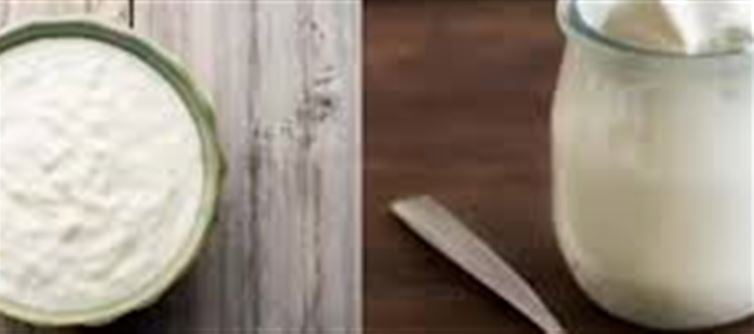
Curd and yoghurt are staples in Indian kitchens, used for everything from raita and curries to marinades for meat and vegetables. Though often used interchangeably, they have key differences in preparation, taste, and health benefits.
1. Origin and Preparation
- Curd: Traditionally homemade by adding a spoonful of previous day’s curd to warm milk. Fermentation occurs naturally, relying on lactic acid bacteria present in the environment.
- Yoghurt: Made using specific strains of bacterial cultures (like Lactobacillus bulgaricus and Streptococcus thermophilus) in controlled conditions. Commercial yoghurt is consistent in taste and texture.
2. Taste and Texture
- Curd: Has a slightly tangy, sometimes unpredictable taste depending on the bacteria and milk used. Texture can be soft, creamy, or slightly lumpy.
- Yoghurt: More uniform, creamy, and mildly tangy, making it easier to use in desserts, smoothies, or recipes requiring consistency.
3. Nutritional Differences
- Curd: Rich in probiotics, calcium, and protein. The natural fermentation process may produce beneficial enzymes that aid digestion.
- Yoghurt: Often fortified with vitamins and minerals, sometimes contains added sugar or flavoring. Greek yoghurt has higher protein content but lower probiotics if pasteurized.
4. Shelf Life and Storage
- Curd: Usually freshly made and consumed within a day or two. Needs refrigeration for longer storage.
- Yoghurt: Commercial yoghurt has longer shelf life due to controlled fermentation and preservatives. Ideal for batch consumption or travel.
5. Which is Healthier?
- Curd: Best for those who want natural probiotics and minimal processing. Perfect for digestive health.
- Yoghurt: Convenient, consistent, and high in protein, especially Greek varieties. Check labels for sugar content to make a healthy choice.
Takeaway: Both curd and yoghurt are nutritious and versatile, but your choice depends on health goals, taste preference, and convenience. For traditional, probiotic-rich options, curd wins. For consistent texture and high protein, yoghurt is ideal.
Disclaimer:
The views and opinions expressed in this article are those of the author and do not necessarily reflect the official policy or position of any agency, organization, employer, or company. All information provided is for general informational purposes only. While every effort has been made to ensure accuracy, we make no representations or warranties of any kind, express or implied, about the completeness, reliability, or suitability of the information contained herein. Readers are advised to verify facts and seek professional advice where necessary. Any reliance placed on such information is strictly at the reader’s own risk..jpg)




 click and follow Indiaherald WhatsApp channel
click and follow Indiaherald WhatsApp channel